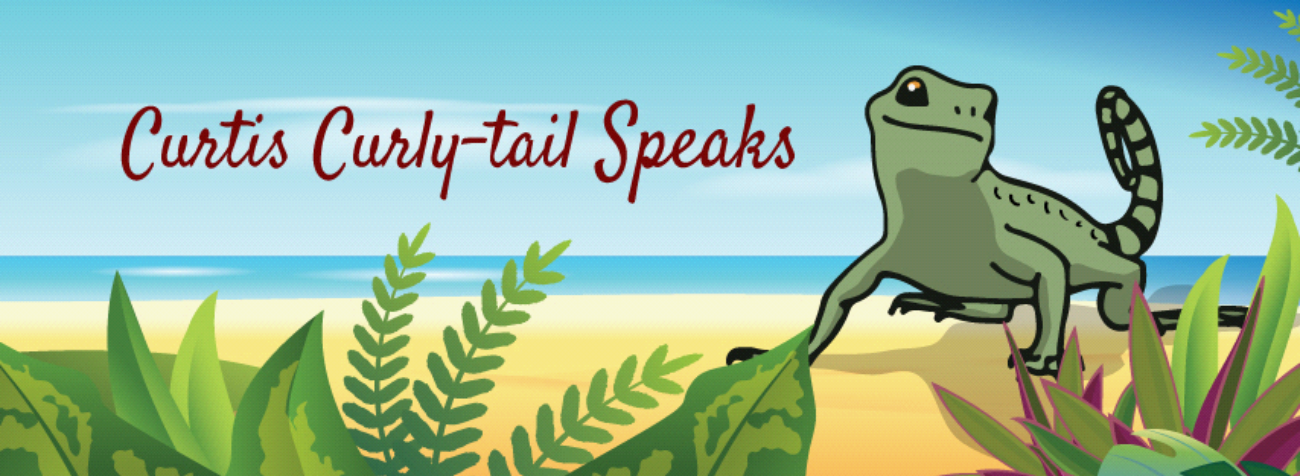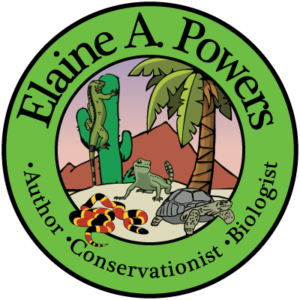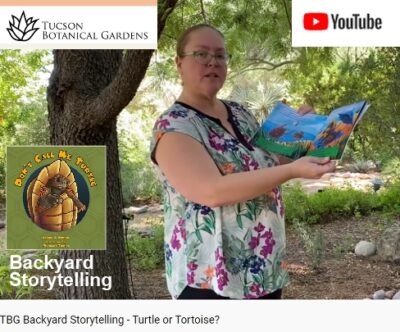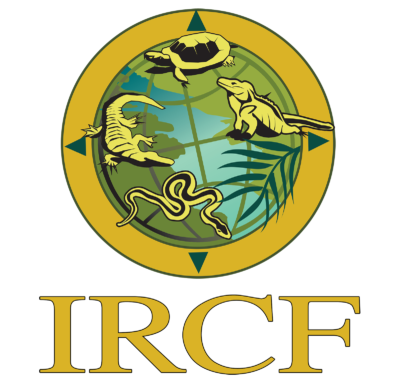FOG in the Wash? by Elaine A. Powers, Author
By Author Elaine A. Powers
Back in March, I was driving home at 8:30 pm. My route takes me down through the Canada Del Oro wash – it’s quite a dip. However, it’s fun to drive down and then up the other side. I had the road to myself, so it was completely dark. My headlights illuminated the road sufficiently (or at least I thought so). When I descended into the wash, the world disappeared. I was startled by the sudden lack of vision. My car was consumed by what I first thought was smoke, but then I realized it was fog! I climbed out of the fog and looked back. A layer of fog was within the sides of the wash and only there. Incredible.
Why was the fog there and how did it form? Of course, fog is a cloud on the ground. Fog, made up of tiny water droplets, forms when water vapor condenses into liquid water. When the air temperature cools enough that it cannot hold the vapor, it has reached the threshold known as the “dew point.”

The type of fog I encountered was most likely “radiation fog.” At night, the ground gives off heat and cools at its surface. If sufficient moisture is present, fog forms once the air reaches its dewpoint. The fog is kept near the ground. A clear night with light winds is ideal for producing fog. A bit of rainfall a day or two before helped the fog formation.
What makes this so interesting, at least to me, is that Arizona has the least amount of dense fogs days per year of any state. This is due to the dry climate, such as that of the Sonoran Desert, where I live. The conditions here are just not conducive to fog formation, so this was a rare event.
I do enjoy unusual occurrences.
Book Note: And I also enjoy living in this wondrous desert. I’ve written five fun science books set here: Don’t Call Me Turtle!, about the differences between turtles and tortoises; Don’t Make Me Fly!, about the Roadrunner; Don’t Make Me Rattle!, all about the Western Diamondback Rattlesnake; Queen of the Night: the Night-blooming Cereus, about the amazing desert plants that all wait to bloom together on one night every summer; and How NOT to Photograph a Hummingbird, which is a humorous look at the flora and fauna of the Sonoran Desert, and includes a glossary of the same.
Summer is almost here. Is your child interested in learning about desert life? Click on each book title to learn more about the content and reading-age group of these educational, but fun, science books.

#authorelaineapowers #funsciencebooks #funscienceeducation #sonorandesert #surprisefog
To learn about our latest science-based children’s books and workbooks, to read our latest blog posts about reptiles, birds, cats, and gardening, in a variety of locations, and about how the books come to be, what inspires an author to write, and many more interesting aspects of the publishing business, fill in the box below and we will add you to our email list.
Thank you!



